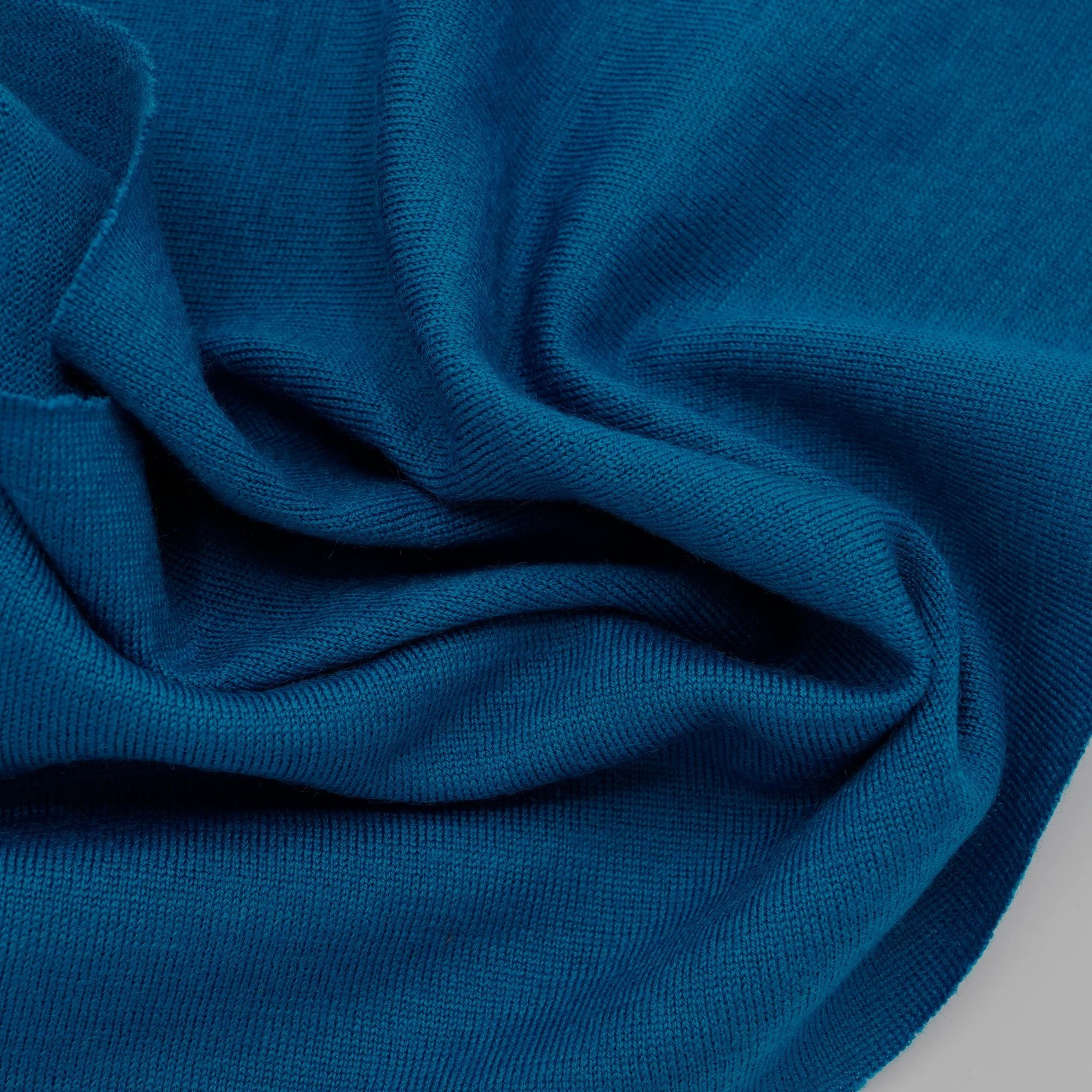 Esperanto
Esperanto
 Shqiptare
Shqiptare
 Euskara
Euskara
 Zulu
Zulu
 Latinus
Latinus
 Cymraeg
Cymraeg
 தமிழ்
தமிழ்
 Slovak
Slovak
 Slovak
Slovak
 Afrikaans
Afrikaans
Why Wool Sports Clothing is the Ultimate Choice for Athletes
Release time:
2025-05-29
Source:
Why Wool Sports Clothing is the Ultimate Choice for Athletes
Table of Contents
- 1. Introduction: The Evolution of Sports Clothing
- 2. The Benefits of Wool in Sports Clothing
- 2.1 Temperature Regulation and Comfort
- 2.2 Moisture-Wicking Properties
- 2.3 Odor Resistance for Active Lifestyles
- 2.4 Durability and Longevity
- 3. Wool Versus Synthetic Fabrics: A Comparative Analysis
- 4. The Sustainability of Wool: An Eco-Friendly Choice
- 5. Types of Wool Clothing for Athletes
- 6. Caring for Wool Sports Clothing
- 7. Real-World Examples: Athletes Swearing by Wool
- 8. Conclusion: The Future of Sports Apparel
- 9. FAQs about Wool Sports Clothing
1. Introduction: The Evolution of Sports Clothing
In the world of athletics, clothing plays a crucial role in enhancing performance and ensuring comfort. The fabrics we choose can significantly impact our ability to perform at our best. While many athletes have gravitated towards synthetic materials over the years, **wool sports clothing** is making a compelling comeback. This article will explore why wool is the ultimate choice for athletes, highlighting its benefits, sustainability, and real-world applications.
2. The Benefits of Wool in Sports Clothing
Wool is not just a traditional fabric; it boasts a plethora of benefits that cater specifically to athletes' needs. Below are some of the most significant advantages of choosing wool for sports clothing.
2.1 Temperature Regulation and Comfort
Wool is renowned for its superior temperature-regulating properties. It can effectively trap heat when it’s cold and wick moisture away when temperatures rise. This versatility ensures that athletes remain comfortable, regardless of the weather conditions. **Merino wool**, in particular, is highly effective in maintaining a stable body temperature, allowing you to focus on your performance rather than your comfort level.
2.2 Moisture-Wicking Properties
One of the standout features of wool is its ability to wick moisture away from the skin. When athletes sweat, traditional fabrics may cling to the body, leading to chafing and discomfort. In contrast, wool fibers absorb moisture vapor and release it into the air, keeping the skin dry and comfortable. This natural moisture management is particularly beneficial during high-intensity workouts.
2.3 Odor Resistance for Active Lifestyles
A significant concern for athletes is body odor caused by sweat and bacteria. Wool naturally contains lanolin, which has antibacterial properties, thus reducing odor buildup. This feature allows athletes to wear wool garments for extended periods without the need for frequent washing, making it a practical choice for multi-day events or training sessions.
2.4 Durability and Longevity
Wool is not only soft and comfortable, but it is also incredibly durable. High-quality wool clothing can withstand rigorous activities without showing signs of wear and tear. This durability translates into long-lasting performance gear, making wool a cost-effective investment for athletes.
3. Wool Versus Synthetic Fabrics: A Comparative Analysis
When comparing wool to synthetic materials like polyester or nylon, several distinctions emerge. While synthetic fabrics are often cheaper and can offer some moisture-wicking features, they fall short in multiple areas. Synthetic clothing can trap heat, leading to discomfort, and they often require frequent washing due to odor retention. On the other hand, wool’s natural properties offer superior comfort and functionality that synthetic fabrics struggle to match.
4. The Sustainability of Wool: An Eco-Friendly Choice
Sustainability has become a significant concern in the modern world, and wool stands out as an eco-friendly option. Wool is a renewable resource, as sheep are shorn annually without harm. Additionally, wool fibers are biodegradable, unlike many synthetic materials that contribute to environmental pollution. By choosing wool sports clothing, athletes can make a positive impact on the environment while enjoying high-quality performance gear.
5. Types of Wool Clothing for Athletes
Athletes can find a wide range of wool clothing tailored to their specific needs. Here are the main categories:
5.1 Wool Base Layers
Base layers are essential for any athlete, particularly in colder climates. **Wool base layers** provide excellent insulation while remaining lightweight. They effectively wick moisture away from the body, ensuring athletes stay dry and warm.
5.2 Wool Activewear
For those engaged in high-intensity training, **wool activewear** combines breathability with stretchable comfort. Garments made from merino wool allow for maximum movement, making them ideal for running, cycling, and other athletic pursuits.
5.3 Wool Outerwear
**Wool outerwear** is perfect for protecting athletes from the elements. Durable wool jackets and vests shield against wind and rain while maintaining breathability. Many brands now offer stylish designs that seamlessly transition from the gym to the outdoors.
6. Caring for Wool Sports Clothing
To ensure longevity, proper care of wool garments is essential. Here are some tips:
- **Washing:** Use a gentle cycle and cold water with a mild detergent. Hand washing is often recommended to maintain shape and quality.
- **Drying:** Avoid tumble drying. Instead, lay flat to dry to prevent shrinking.
- **Storage:** Store in a cool, dry place, ideally folded rather than hung, to maintain shape.
7. Real-World Examples: Athletes Swearing by Wool
Many professional athletes have embraced wool as their go-to fabric. For instance, ultra-marathon runners praise the moisture management and comfort wool provides during prolonged endurance activities. Notable sports teams also opt for wool uniforms due to their performance benefits, demonstrating that wool is not just a trend but a staple in high-performance sports apparel.
8. Conclusion: The Future of Sports Apparel
As we move towards a more sustainable and performance-focused future, **wool sports clothing** emerges as the ultimate choice for athletes. Its unique blend of temperature regulation, moisture management, odor resistance, and durability makes it a superior fabric for sports apparel. With its eco-friendly properties, wool is not just a fabric of the past—it's paving the way for a sustainable future in the world of athletics.
9. FAQs about Wool Sports Clothing
1. Is wool suitable for all types of sports?
Yes, wool is versatile and suitable for various sports, including running, cycling, and even team sports.
2. How does wool compare to synthetic fabrics in terms of cost?
While wool may have a higher initial cost, its durability and longevity often make it more cost-effective in the long run.
3. Can I wear wool in hot weather?
Yes, wool has excellent breathability and moisture-wicking properties, making it suitable for warm weather as well.
4. Will wool make me itchy?
High-quality merino wool is soft and non-itchy, making it comfortable for most wearers.
5. How often should I wash my wool sports clothing?
Wool has natural antibacterial properties, so you may not need to wash it after every use. Follow manufacturer instructions, but generally, washing every few wears is sufficient.
This comprehensive exploration into **wool sports clothing** highlights its benefits and showcases why it stands out as the ultimate choice for athletes. Investing in wool means investing in performance, comfort, and sustainability.
wool sports clothing
Related News
2025-08-21 19:00
Why Nylon Wool Fabric is the Future of Sustainable Apparel
Why Nylon Wool Fabric is the Future of Sustainable Apparel Table of Contents 1. Introduction to Sustainable Apparel and Its Importance 2. Understanding Nylon Wool Fabric: A Comprehensive Overview 3. Environmental Benefits of Nylon Wool Fabric 3.1 Reduced Resource Consumption 3.2 Lower Carbon Footprint 4. Durability and Longevity: A Wise Investment 5. Versatility in Fashion Design 6. The Growing Po
2025-08-11 18:40
The Versatility and Benefits of Wool Fabric in Textile Industry
Wool fabric, derived from the fleece of sheep, is renowned for its unique properties that make it a highly sought-after material in the textile industry. Unlike synthetic fibers, wool is a natural fiber that possesses a range of advantages, contributing to its enduring popularity among designers and manufacturers. One of the most significant attributes of wool fabric is its excellent thermal regul





